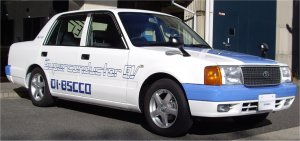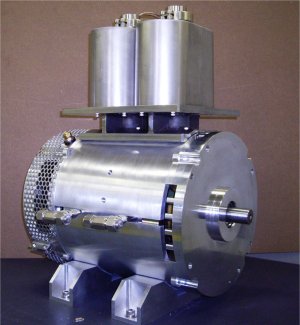`First superconducting car` takes to the road
Sumitomo Electric claims to have built the world’s first car to be driven by a superconducting motor. The prototype vehicle, unveiled in Japan recently, is powered by a 31kW DC motor with a superconducting stator coil and a conventional copper-wound rotor.

Superconducting motors, whose windings conduct electricity with zero resistance, have several potential advantages over conventional motors for electric vehicles. For example, they can deliver high continuous torque levels and use battery energy more efficiently. Sumitomo reckons that its prototype vehicle (above), based on a Toyota Comfort, will travel about 13% further than a version powered by a conventional motor.
The prototype uses a bismuth-based superconducting wire developed by Sumitomo which, the company claims, has the world’s highest level of critical current - the largest current the wire can carry in the superconducting state. The stator windings are formed from 240m of 4mm-wide, 0.2mm-thick wire, and carry currents up to 40A.

To cool the wire sufficiently to make it superconducting, the motor (shown above) carries a four-litre tank of liquid hydrogen - enough to keep it going for about two hours. If the motor was cooled further using liquid hydrogen, Sumitomo says that the superconducting wires would be able to carry 1,000A.
Sumitomo believes that that the first market for superconducting motor-powered vehicles is likely to be for commercial vehicles such as trucks and buses because of their high mileages and running costs, and because it will be easier to accommodate the cooling equipment. Initially, such vehicles could carry enough liquid nitrogen to keep their motors cooled for a day’s operation. Later, cryogenic plants could be carried on-board to produce the necessary cooling liquids. Sumitomo suggests that the first commercial vehicles driven by superconducting motors could be on the roads within a decade.
Another possibility is to use on-board fuel cells to produce liquid nitrogen, allowing the use of more powerful motors with a longer range.





